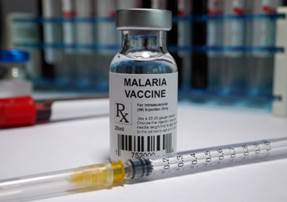Free Courses Sale ends Soon, Get It Now


Free Courses Sale ends Soon, Get It Now



Disclaimer: Copyright infringement not intended.
Context
Malaria and its burden
Malaria Vaccine
R21 and its significance
India’s efforts in tackling Malaria
The Disease
Malaria Free Status
Malaria Free Countries
China’s Malaria Elimination Strategy in brief
1-3-7 Strategy: The strategy refers to:
https://www.nature.com/articles/d41586-022-02902-6
© 2024 iasgyan. All right reserved